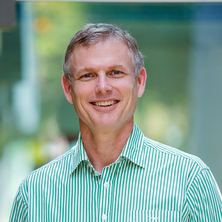Longitudinal growth, nutrition and physical activity in young children with Cerebral Palsy (2009-2015)
Abstract
Cerebral palsy is the most common type of physical disability impacting on 1 in 500 children, with lifetime costs of $2m and up to 40% may have restricted growth and nutrition. We aim to follow a cohort of 240 young children with Cerebral Palsy from 18 mths to 5 years to monitor their growth, nutrition, habitual activity, body composition and relate this to comprehensive health outcomes and costs. Better knowledge of these factors will enable nutritional and medical care to be better focused.


